PLC stands for Programmable Logic Controller, a digital computer used for automation and control in industrial settings.
In the world of automation, Programmable Logic Controllers (PLCs) play a pivotal role in controlling machinery and industrial processes. PLC programming is at the core of automation, providing a flexible and reliable solution for managing complex systems. PLCs handle tasks efficiently, whether controlling a conveyor belt in a factory or an automated assembly line. This article explores the basics of PLCs, their components, programming, and their role in industrial automation.
PLC What is it?
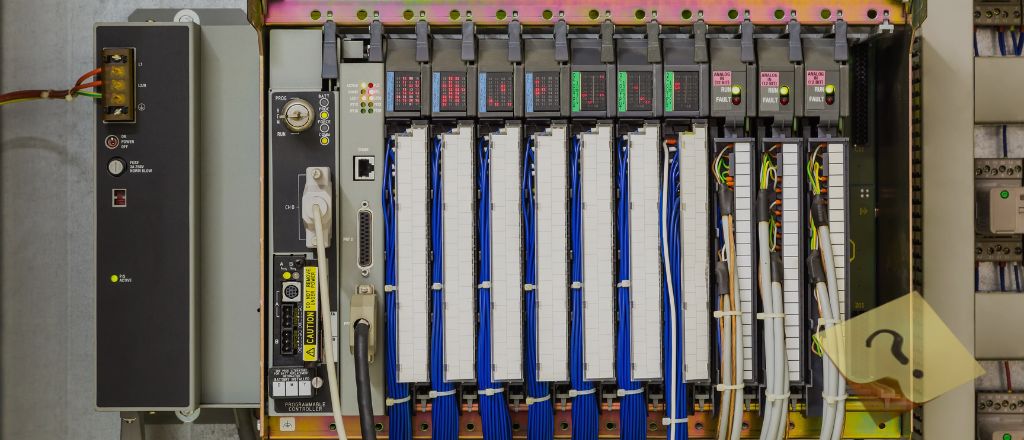
A Programmable Logic Controller (PLC) is a digital computer that controls industrial equipment such as machines, assembly lines, or complex systems like water treatment plants. You can program these devices based on pre-set instructions to monitor input devices (like sensors) and control output devices (like motors or actuators).
What Does PLC Stand For?
PLC stands for Programmable Logic Controller, a term that describes the programmable nature of these controllers, which you can configure to handle various industrial automation tasks.
What is a Logic Controller?
In essence, a logic controller is the brain of an automation system. It interprets sensor signals, executes logic (based on programming), and then sends output signals to control the machinery.
Key Components of a PLC
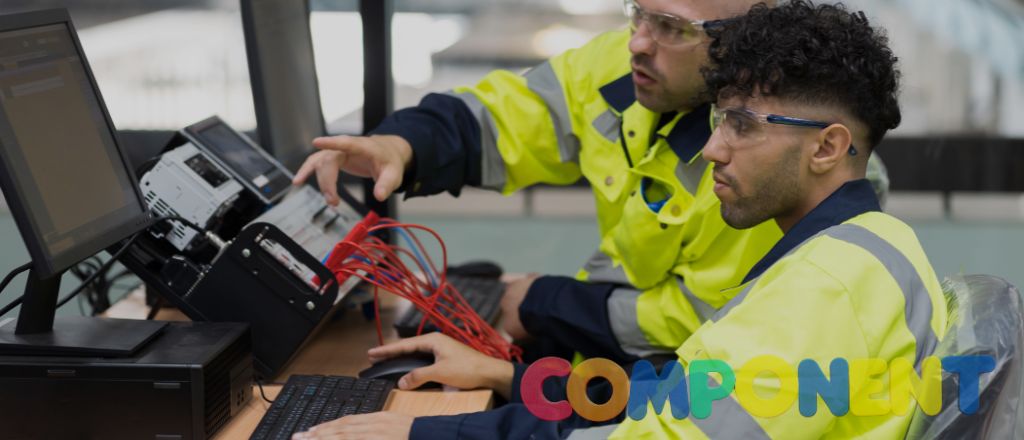
These control systems consist of several key components that enable them to perform their functions:
- CPU (Central Processing Unit): The brain of the controller, responsible for processing data.
- Input/Output (I/O) Modules: Allow the controller to interact with the external world, receiving input from sensors and providing output to devices.
- Power Supply: Provides the necessary power for the controller and its components.
- Programming Device: Used to create and modify the controller's program, often a laptop or desktop computer.
PLC Programming: The Heart of Automation
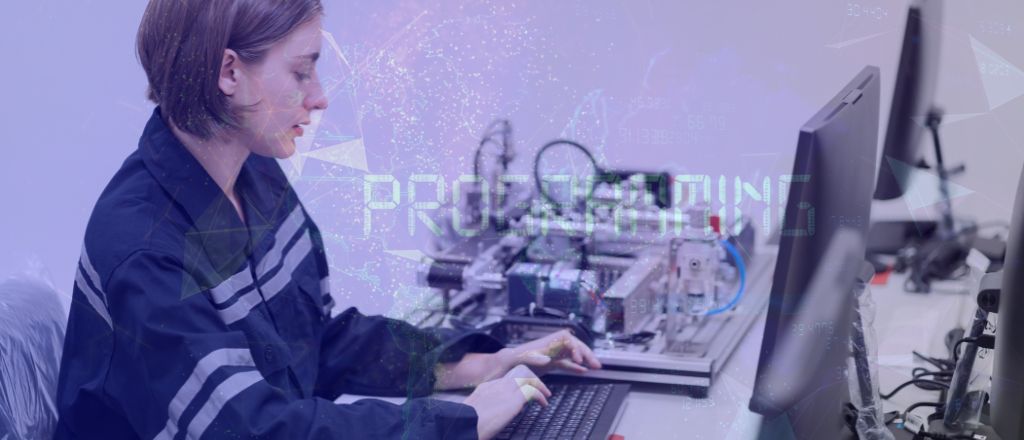
Controller programming involves writing the instructions for the controller to control the equipment. Creating these instructions uses specialized languages, such as ladder logic, function block diagrams, or structured text. This section covers the basics of controller programming and how it drives machine automation.
PLC Code and Programming Languages
Controller code uses ladder logic, a graphical language resembling electrical relay diagrams. Other programming languages, like structured text and function block diagrams, are also widely used.
Industrial PLC Programming
Controller programming is essential for controlling machines and processes in an industrial setting. From simple machines to complex automation systems, industrial controller programming ensures the smooth operation of equipment.
What is PLC Programming?
Controller programming involves writing a series of instructions for the controller to execute. These instructions can control various devices, from simple lights to complex machines.
Types of PLCs and Their Applications
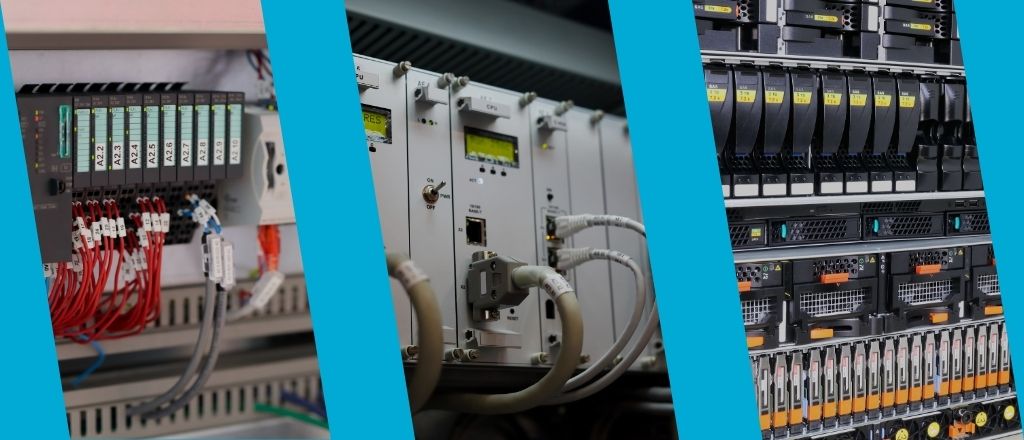
PLC Controller and Its Functionality
A controller is the central unit responsible for executing the control program and managing the input/output devices. Depending on the application's requirements, these devices come in different sizes and configurations.
PLC System in Industrial Settings
The control system in industrial settings connects various input devices (such as sensors and switches) to output devices (like motors and actuators) to automate processes.
The Role of Programmable Logic Controllers in Automation
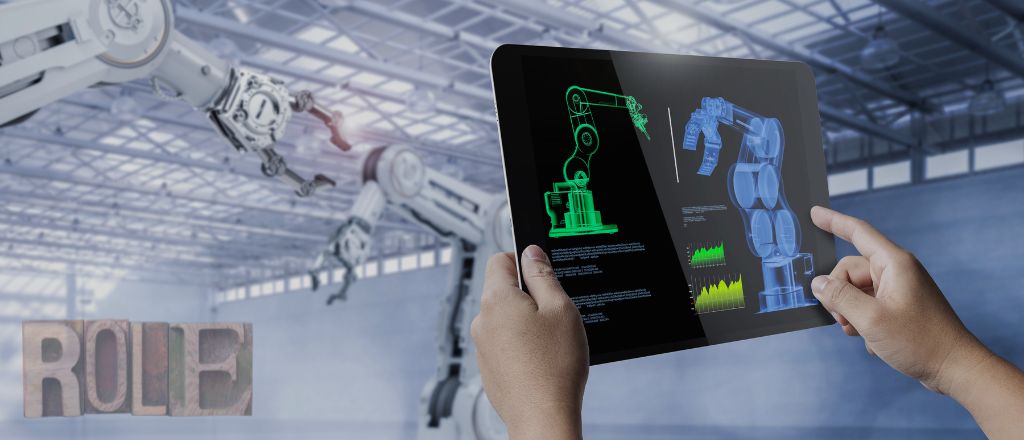
Industrial controllers have revolutionized the way industries manage and automate their operations. From manufacturing to logistics, these controllers provide a robust solution for automating complex systems, ensuring they operate efficiently and with minimal human intervention. They can be configured to handle a wide range of tasks due to their flexibility.
PLC vs. Traditional Control Systems
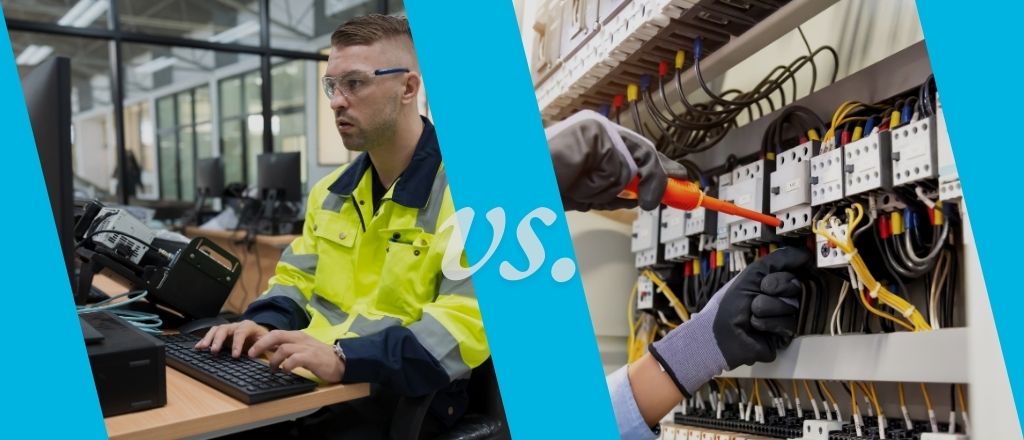
Before industrial controllers, control systems relied on relay logic and mechanical timers. These systems were cumbersome and prone to failure. In contrast, industrial controllers are digital, highly reliable, and easy to configure, offering greater flexibility and scalability.
Key Terms in PLC Programming and Operation
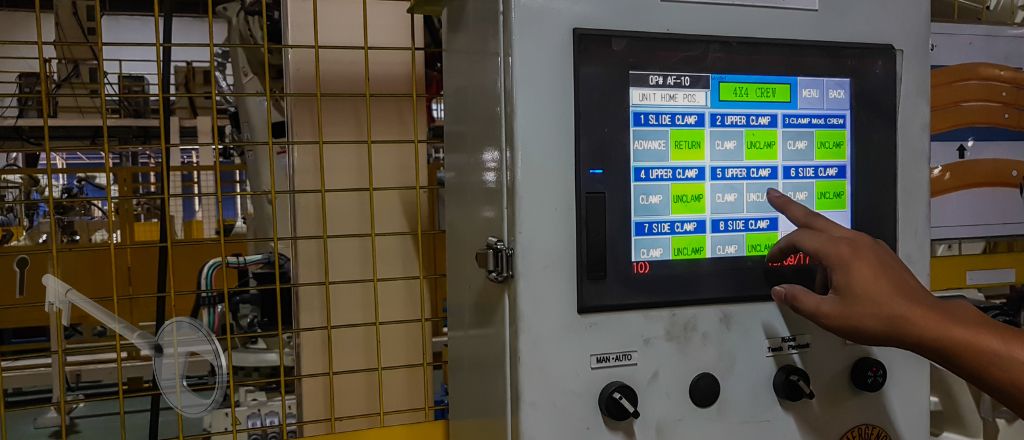
Definition of PLC and Its Use in Automation
A controller is a highly flexible device integral to modern automation systems. It controls industrial machinery, from simple devices to complex systems.
What are PLCs and How Do They Work?
Industrial controllers automate processes by receiving, processing, and sending outputs to control devices.
PLC Electrical Meaning
In industrial controllers, electrical meaning refers to how these devices interact with electrical systems, such as motors, sensors, and switches.
Troubleshooting and Maintenance of PLC Systems
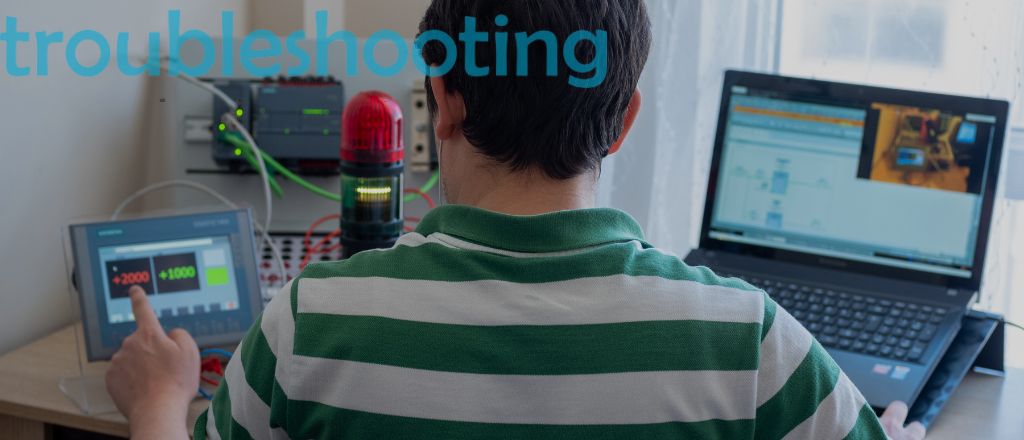
Proper programmable logic controller maintenance is crucial for ensuring the system runs efficiently. Regular inspections and troubleshooting can help prevent issues and extend the life of the programmable logic controller system.
Future Trends in PLC Programming and Automation
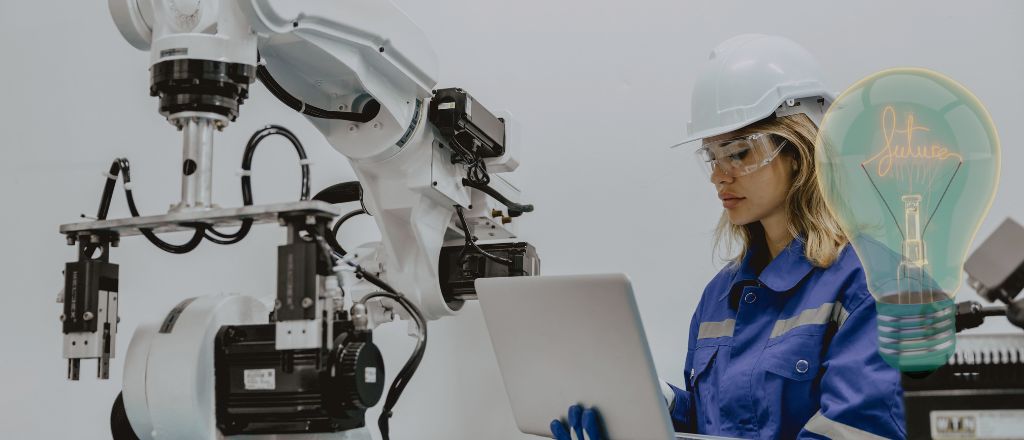
New technologies like IoT and cloud computing are integrating into control systems, brightening the future of automation programming. These advancements will drive more innovative and efficient systems that we can control remotely.
Conclusion
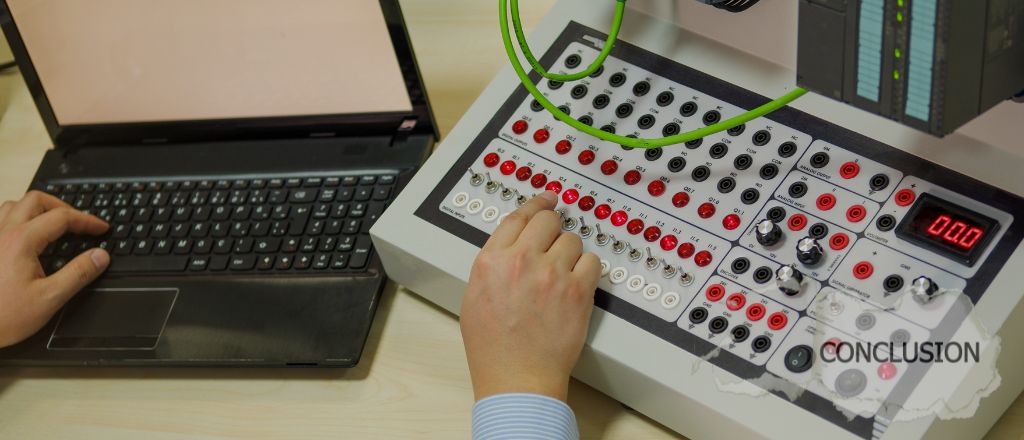
programmable logic controllers are the backbone of modern industrial automation. Their ability to control machines, monitor processes, and respond to input data makes them invaluable in various applications. By understanding programmable logic controller programming and its components, you gain insight into how industries are automated, resulting in greater efficiency and productivity.
Frequently Asked Questions
In business, a PLC refers to a Public Limited Company, a type of company that offers shares to the public.
PLC is short for Programmable Logic Controller (in automation) or Public Limited Company (in business).
In learning, PLC refers to a Professional Learning Community, where educators collaborate to improve teaching and learning.
